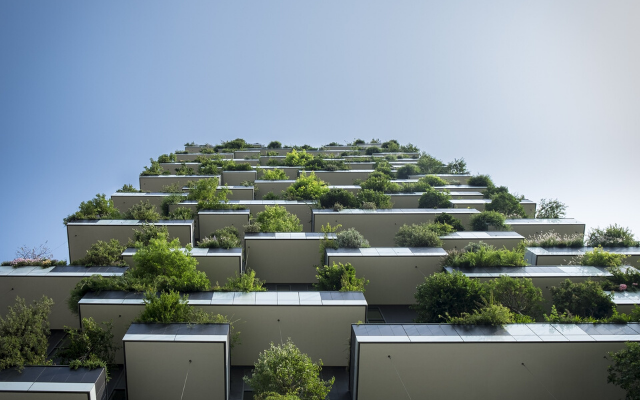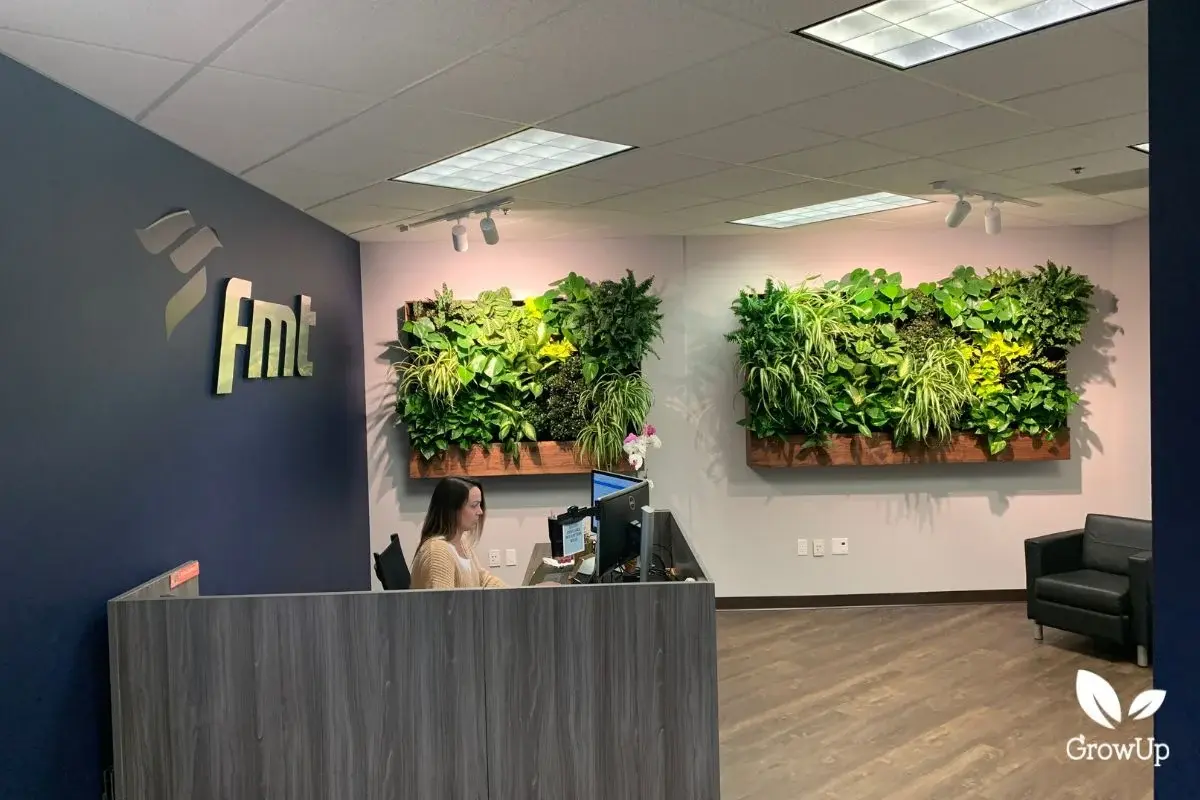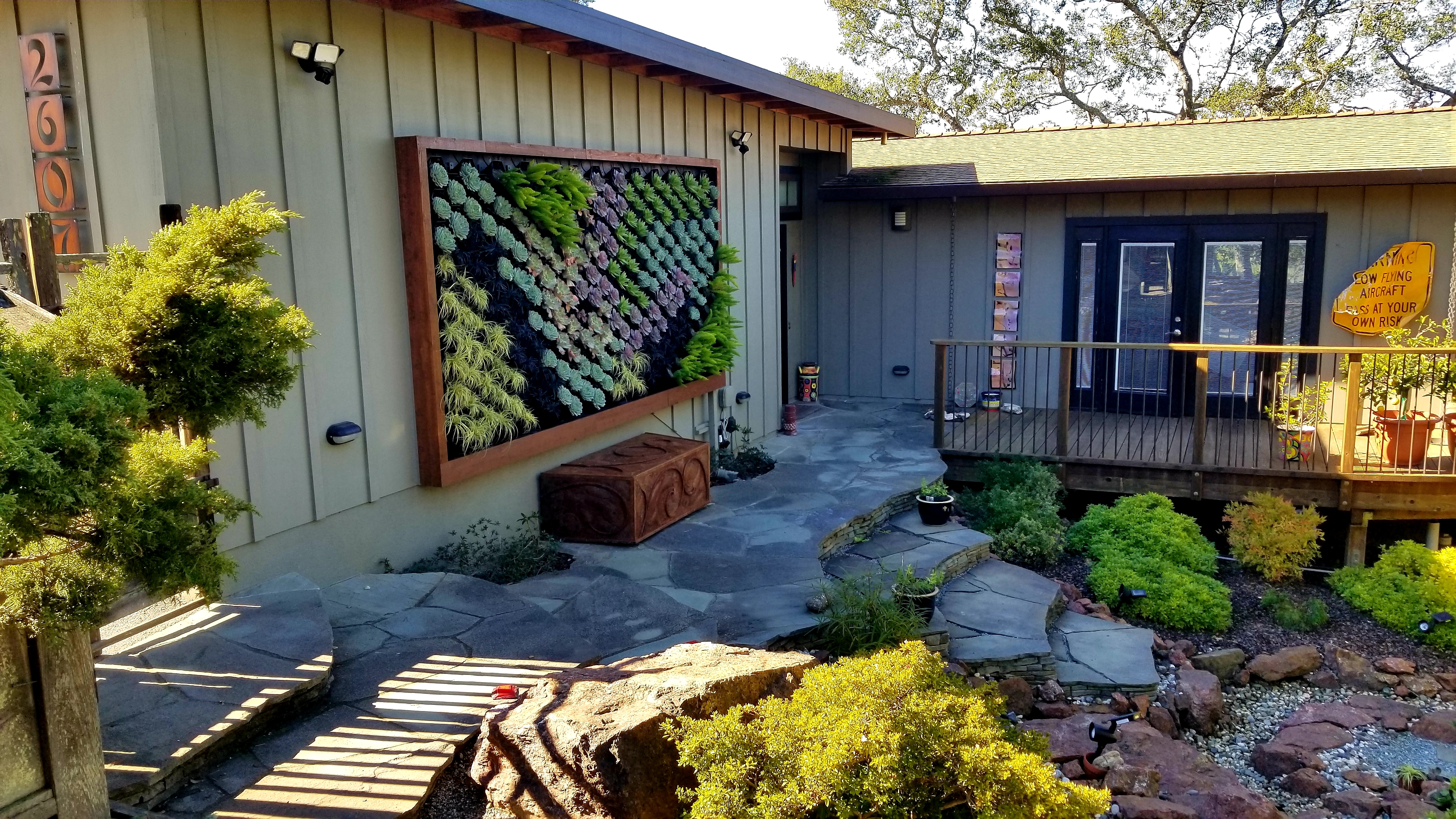Overview
The global climate crisis is reaching a grim peak, with growing pressure on governments and individuals to change aspects of their lifestyles to preserve the Earth for future generations. But awareness appears to be increasing, and as a result many organizations are pushing for new approaches for sustainable innovations.
One response to the situation is the emergence of green building - that is the design and building of structures that don't impose on the natural environment around it, and instead help it to grow and flourish. But are green buildings simply a flash in the pan, a trend that will fade away as other priorities present themselves? Or are we looking at a window into the future, and a way to use necessary construction for the betterment of the planet? Let's take a closer look:
What is Green Building?
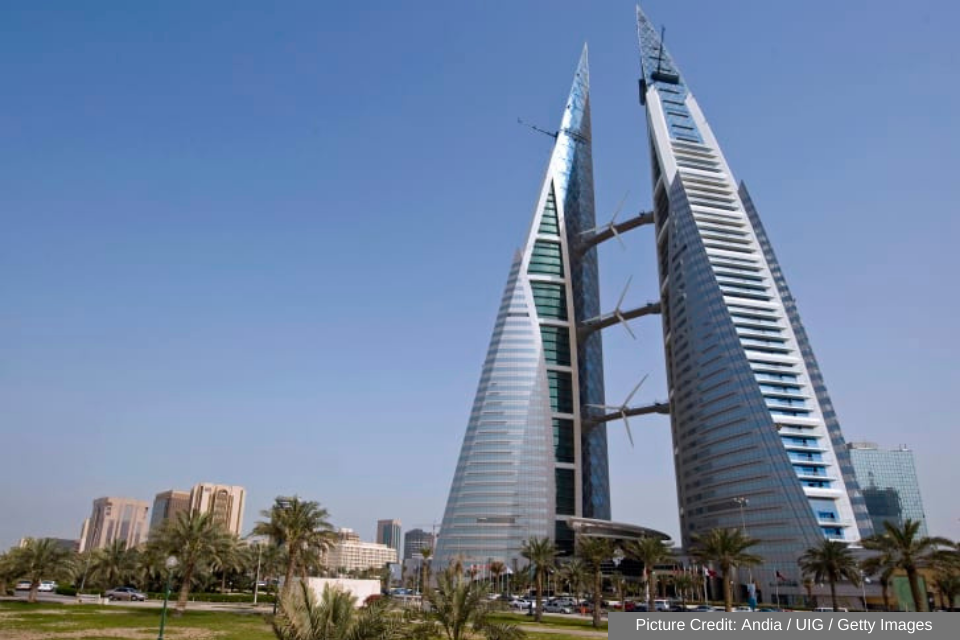
There are two main aspects that define green building. One is to create a working space that runs sustainably, using materials and processes that are environmentally responsible and use their resources efficiently.
The other is to construct a building that is itself defined by its environmental locale, and which does not impact it negatively - in fact it should have a positive impact on its surroundings.
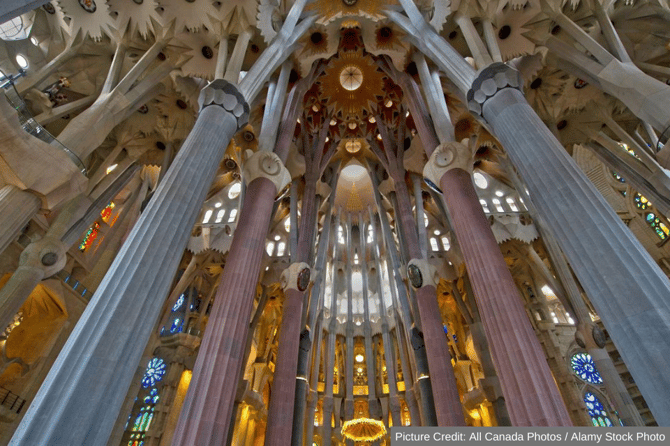
Building in this way means utilizing clean energy and natural lighting, making the most of natural, environmentally friendly resources and adding value to the lives of those who occupy it. This doesn't just mean cleaner air and a more pleasant environment, it also boosts the productivity of workers and has benefits for the mental health of all occupants.
Cost of Green Building
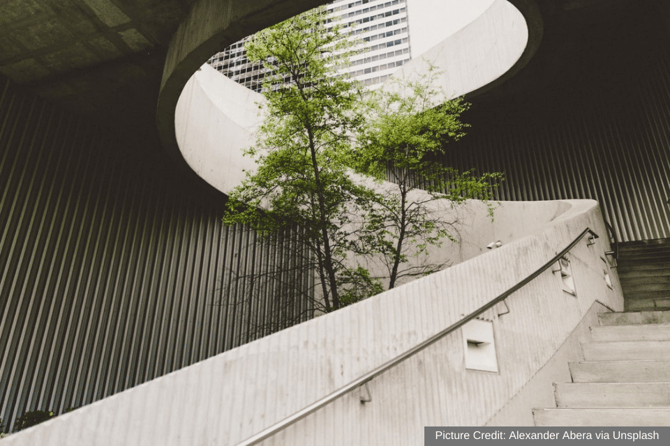
Creating eco-friendly buildings once seemed prohibitively expensive. Now, however, the public mood has shifted, and green building is seen more as a necessity. It's true that the cost of designing and building with the environment in mind is more expensive than traditional construction. But renewable energy and natural light will mean much lower energy bills for residents and businesses who choose to occupy green buildings.
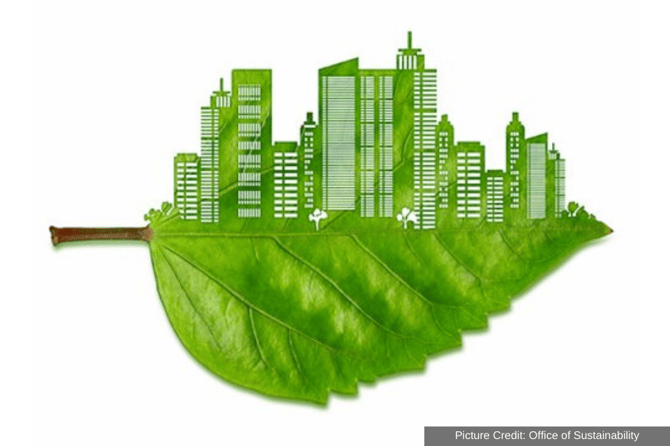
In terms of value, the case for green building is clear - these innovations improve the quality of our lives and help to preserve natural environments and resources.
Alternative Energy
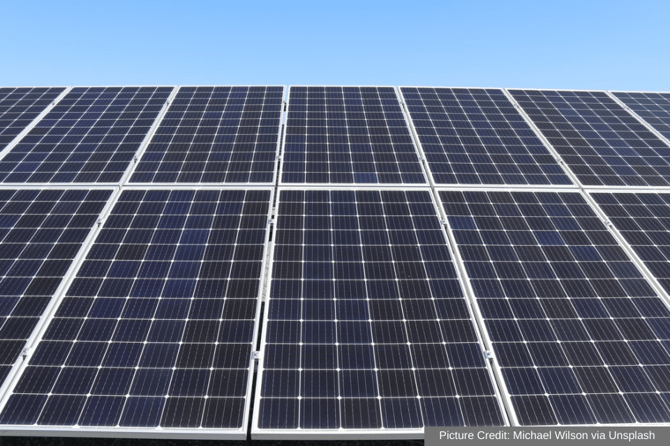
One of the main ways green building can have a positive impact on the environment is by using alternative energy sources. Coal and fossil fuels are a leading cause of global warming, as well as being non-renewable. Simple measures such as the installation of solar panels and large, well positioned windows to maximize natural light mean less energy waste, lower bills, and crucially, non-reliance on polluting forms of energy.

Many companies are adapting their products to fit into an alternative energy set up. High quality valves, for example, adapted for hard wearing solar energy usage are increasingly available and affordable. Water efficiency is also part of the design of green buildings - recycled rainwater and water saving systems help reduce waste. GrowUp Greenwall’s system is a great example of this. Water is recycled throughout the system, decreasing the amount of wasted water.
Health

One of the many benefits of green building is the effect it has on the health of residents. Safer and eco friendly materials which shun excess plastic - known to release toxins - mean that the air is cleaner. Many plastics release carcinogenic substances into the air, increasing the chances of breathing difficulties and cancer. As green building embraces the nature around a construction, plants and trees boost the air quality, and greenery and greenwalls are proven to have benefits for mental wellbeing as well as physical health. Additionally, the Biophilic design benefits are great as well. Most green buildings will be accessible by pathways for those on foot and cyclists, fostering a healthy lifestyle. Biophilic design
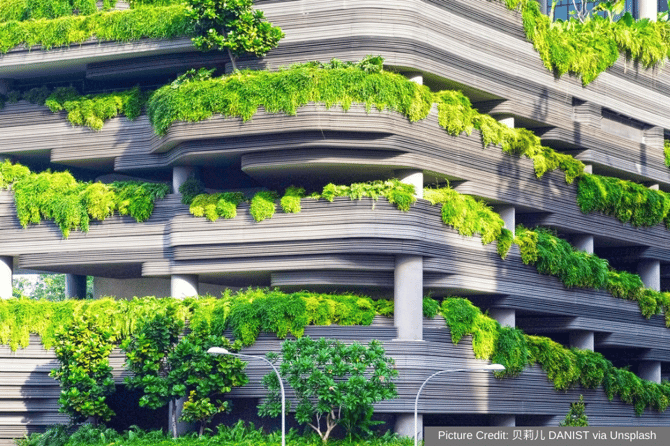
Material Efficiency

The nature of green building dictates the use of processes and materials that are as efficient as possible, without compromising the quality and structural integrity of the building itself. In terms of process, the use of materials should generate as little waste as possible. The GrowUp Greenwall system is made from recycled materials, and all systems can be repurposed for future use instead of discarded as waste.
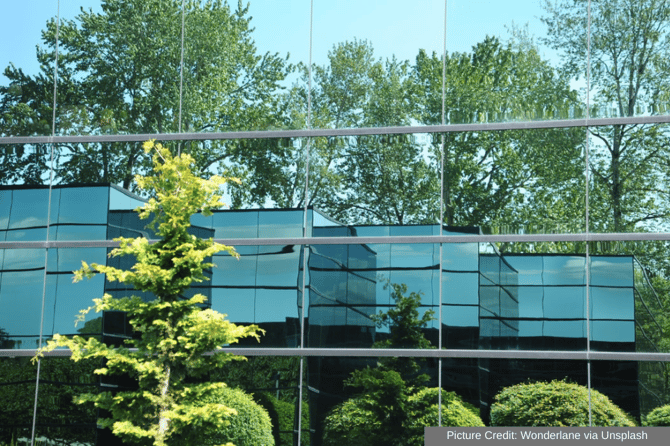
The life cycle of the building should also be taken into account - materials that are longer lasting and wont need replacing are inherently more efficient than less durable options. Many green building projects aim to reduce the overall amount of materials they need for construction - this means less waste and less strain on natural resources.
Green building seems certain to have a future. As awareness grows, and the urgency of the planet's predicament comes into focus, eco conscious construction should remain a permanent fixture.


